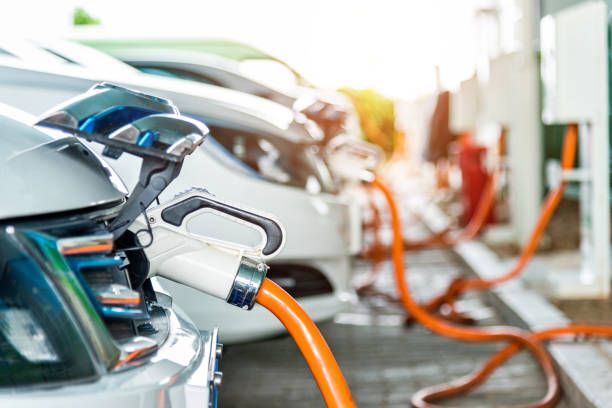Electric Vehicle Charging

We’ve been refueling our cars with gasoline for more than a hundred years. There’s a few variants to choose from: regular, mid-grade or premium gasoline, or diesel. However, the refueling process is relatively straightforward, everybody understands how it’s done, and it’s completed in about five minutes.
However, with electric vehicles, refueling—the recharging process—isn’t quite as simple, or as quick. There’s a number of reasons why that’s so, such as the fact that every electric vehicle can accept different amounts of power. There are also different types of connectors used, but most importantly, there are different levels of EV charging that determine how long it takes to charge an EV.
Charging levels and charging times apply to EVs and plug-in hybrids, but not to traditional hybrids. Hybrids are charged by regeneration or by the engine, not by an external charger.
Level 1 Charging: 120-Volt
Connectors Used: J1772, Tesla
Charging Speed: 3 to 5 Miles Per Hour
Locations: Home, Workplace & Public
Level 1 charging uses a common 120-volt household outlet. Every electric vehicle or plug-in hybrid can be charged on Level 1 by plugging the charging equipment into a regular wall outlet. Level 1 is the slowest way to charge an EV. It adds between 3 and 5 miles of range per hour.
Level 1 charging works well for plug-in hybrid electric vehicles (PHEVs) because they have smaller batteries, currently less than 25 kWh. Since EVs have much larger batteries, Level 1 charging is too slow for most daily charging, unless the vehicle isn’t needed to drive very far on a daily basis. Most BEV owners find that Level 2 charging better suits their daily charging needs.
7kw Single Phase Type1 Level 1 5m Portable AC Ev Charger For Car America
Post time: Oct-31-2023








